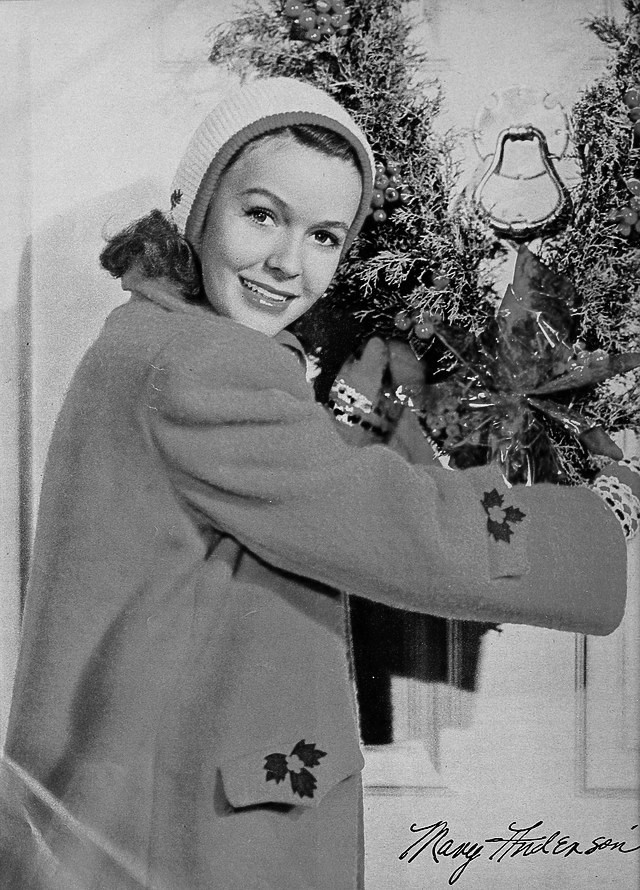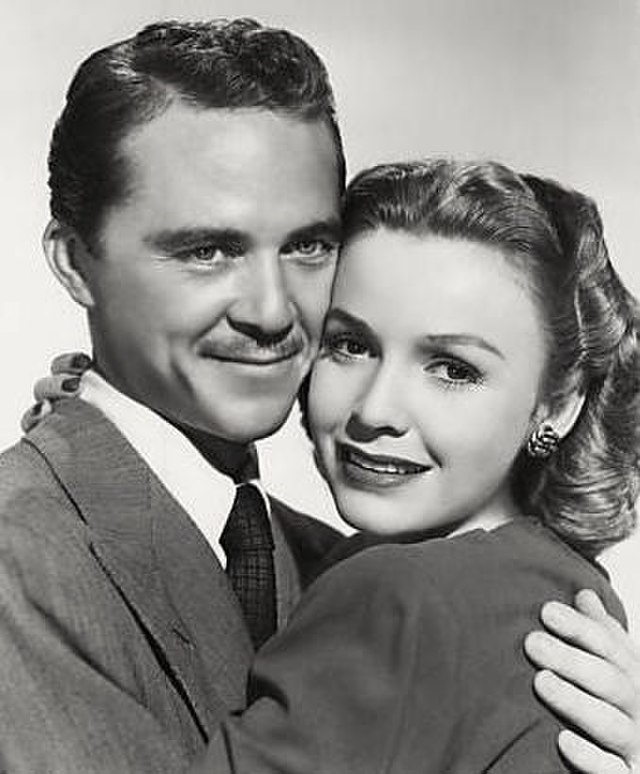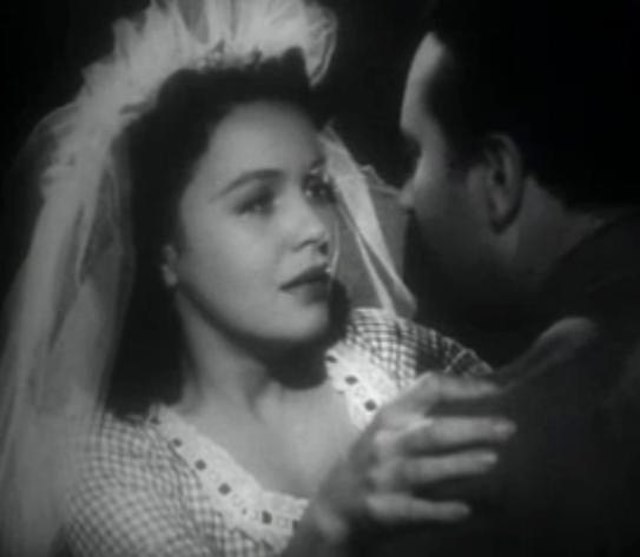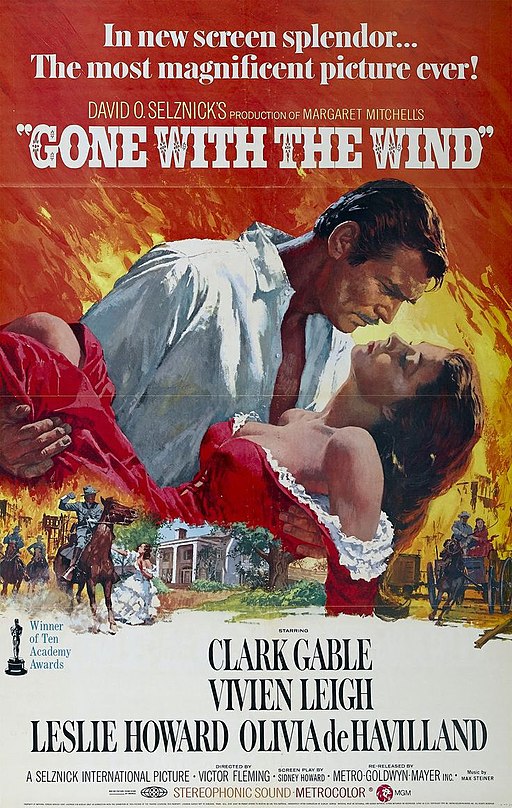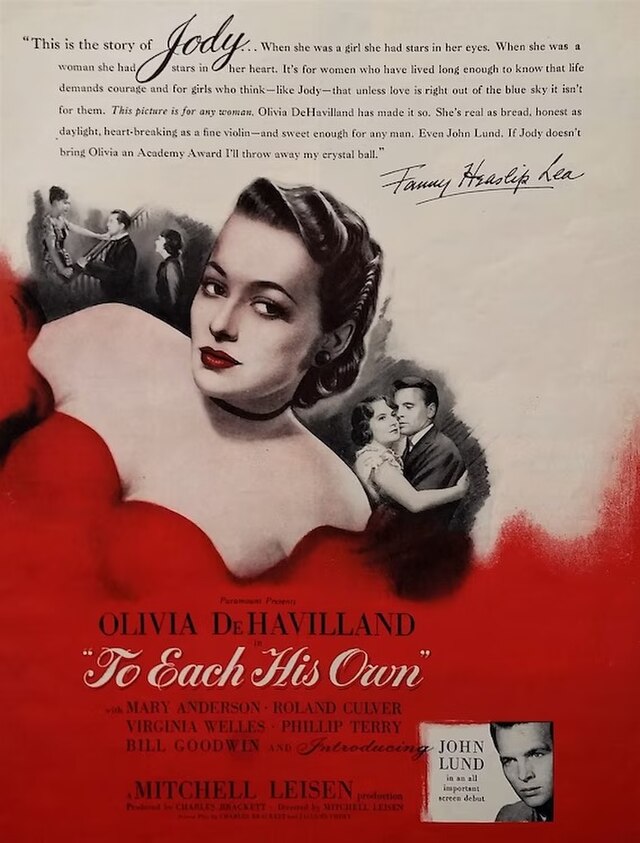Mary Anderson (1918 – 2014)
Biography and Movie Career
Mary Bebe Anderson, born on April 3, 1918, in Birmingham, Alabama, was an American actress whose career spanned both film and television from the late 1930s to the mid-1960s. She was the daughter of Joseph Anderson and Bebe Anderson. Her younger brother, James Anderson, also pursued acting and is best remembered for his role as Bob Ewell in "To Kill a Mockingbird" (1962).
Mary's early education took place at Howard College, now known as Samford University, in her hometown. Her passion for acting led her to Hollywood, where she began her cinematic journey. After two uncredited roles, she secured her first significant part in the iconic film "Gone with the Wind" (1939), portraying Maybelle Merriwether. This role, though supporting, placed her alongside some of the era's most celebrated actors and marked the beginning of a promising career.
In 1944, Mary delivered a memorable performance as Alice MacKenzie in Alfred Hitchcock's thriller "Lifeboat." Her portrayal of a nurse stranded with others on a lifeboat after a shipwreck showcased her versatility and depth as an actress. Throughout her career, she appeared in 31 films and 22 television productions, including notable titles like "The Song of Bernadette" (1943), "Wilson" (1944), and "To Each His Own" (1946).
Mary's personal life saw her entering into two marriages. Her first was to Leonard Marion Behrens on December 8, 1940. The couple divorced on August 2, 1951. She later married renowned cinematographer Leon Shamroy on May 12, 1953. Together, they had one child and remained married until Leon's passing on July 7, 1974.
Beyond the silver screen, Mary had a profound appreciation for the arts and was known for her dedication to her craft. Her commitment to acting was evident in the diverse roles she undertook and the depth she brought to each character.
In her later years, Mary faced health challenges. She passed away on April 6, 2014, in Burbank, California, at the age of 96, due to complications from a series of small strokes. Her legacy endures through her contributions to classic American cinema, and she is remembered as a talented actress who graced the screen during Hollywood's golden era.
Height of Mary Anderson
Mary Anderson, the American actress born in 1918, was reported to be 5 feet 6 inches (168 cm) tall.
A Video Tribute of Mary Anderson
Natural Acting Style of Mary Anderson
Mary Anderson’s acting style was characterized by a naturalistic approach, subtle emotional depth, and an ability to convey warmth and intelligence on screen. Unlike some of her contemporaries who leaned towards theatricality, Anderson had a restrained and nuanced presence that made her performances feel grounded and relatable.
Graceful and Natural Presence
One of Anderson’s defining traits as an actress was her effortless poise. Whether playing a privileged Southern belle in Gone with the Wind (1939) or a resilient survivor in Lifeboat (1944), she carried herself with an understated elegance. Her movements were deliberate yet natural, often exuding quiet confidence rather than overt dramatization. This gracefulness made her particularly effective in period dramas, where refined mannerisms were essential.
Subtle Emotional Depth
Anderson excelled in roles that required inner conflict and restraint. In Lifeboat, for example, she portrayed Alice MacKenzie, a nurse caught in a dire situation at sea. While others in the cast leaned into more pronounced displays of distress or authority, Anderson brought a controlled vulnerability to her performance. She let emotions surface through small expressions—a lingering glance, a slight change in tone, or a deep breath—rather than grand gestures. This made her a compelling presence in ensemble casts, as she complemented rather than overshadowed her co-stars.
Versatility and Adaptability
Though she was often cast in supporting roles, Anderson showcased impressive versatility across different genres. In romantic dramas like To Each His Own (1946), she could be tender and affectionate, while in noir thrillers like I, the Jury (1953), she took on a more enigmatic and suspenseful tone. Her ability to adjust her acting style based on the demands of the film demonstrated both her range and her deep understanding of storytelling.
A Voice That Commanded Attention
Anderson’s vocal delivery was another standout element of her performances. She possessed a smooth, well-modulated voice that could be both soothing and commanding. Unlike actresses who relied on sharp, dramatic intonations, Anderson’s line deliveries felt organic and conversational, which made her particularly effective in roles requiring sincerity and trustworthiness. This was evident in films like Wilson (1944), where she played Eleanor Wilson with warmth and dignity, making her portrayal of the president’s daughter feel authentic.
Restraint Over Exaggeration
At a time when melodrama was still a staple in Hollywood films, Anderson set herself apart with her restraint. She rarely resorted to exaggerated facial expressions or grandstanding monologues, instead allowing the subtext of a scene to speak through controlled yet deeply felt performances. This quality made her well-suited for the psychological tension in Dangerous Crossing (1953), where her subtle reactions helped build suspense.
Conclusion: A Quietly Commanding Presence
Mary Anderson may not have been the most flamboyant or showy actress of her time, but her quiet command of a scene, natural delivery, and ability to convey complex emotions through minimalistic acting made her a distinct presence in Hollywood’s Golden Age. She belonged to the group of actresses who understood that sometimes, the most compelling performances come from what is left unsaid. Whether in dramatic historical epics, thrilling noirs, or tender romances, Anderson’s legacy as an actress remains one of poise, depth, and authenticity.
Awards and Recognition
Mary Anderson, born on April 3, 1918, in Birmingham, Alabama, had a notable acting career spanning from 1939 to 1965, during which she appeared in 31 films and 22 television productions.
Despite her extensive body of work, there is no record of her receiving major acting awards or nominations during her career.
It's worth noting that during the era in which Anderson was active, the film industry had fewer award platforms compared to today, and many talented actors and actresses did not receive formal recognition through awards. Nonetheless, Anderson's performances, particularly in films like "Gone with the Wind" (1939) and Alfred Hitchcock's "Lifeboat" (1944), have been appreciated by audiences and critics alike.
Movies with Mary Anderson
1939:
• "The Women" (Uncredited Role): A satirical look at the lives and romantic entanglements of various women in Manhattan.
• "Gone with the Wind" (Maybelle Merriwether): An epic historical romance set during the American Civil War, focusing on the life of Scarlett O'Hara.
• "Mendelssohn's Wedding March" (Uncredited Role): Details about this film are scarce.
1940:
• "'Til We Meet Again" (Uncredited Role): Passengers on an ocean liner face various personal challenges during their voyage.
• "Flight Angels" (Daisy Lou): A drama focusing on the lives and romances of airline stewardesses.
• "The Sea Hawk" (Uncredited Role): An adventure film about an English privateer defending his nation against the Spanish Armada.
• "All This, and Heaven Too" (Rebecca Jay): A governess becomes embroiled in a scandal involving her employer's family in 19th-century France.
• "My Love Came Back" (Uncredited Role): A young violinist becomes the beneficiary of a mysterious scholarship.
• "A Dispatch from Reuter's" (Uncredited Role): The story of Paul Julius Reuter, founder of the news agency.
1941:
• "Cheers for Miss Bishop" (Amy Saunders): The life and career of a small-town teacher over several decades.
• "Under Age" (Edie Baird): Delinquent sisters become involved in a criminal scheme.
• "Henry Aldrich for President" (Phyllis Michael): Teenager Henry Aldrich runs for class president.
• "Bahama Passage" (Mary Ainsworth): A romantic drama set in the Bahamas, focusing on a young woman's life on her family's plantation.
1942:
• "Henry and Dizzy" (Phyllis Michael): Henry Aldrich and his friend Dizzy face teenage misadventures.
1943:
• "The Song of Bernadette" (Jeanne Abadie): The story of Bernadette Soubirous, a French peasant girl who experiences visions of the Virgin Mary.
1944:
• "Lifeboat" (Alice MacKenzie): Survivors of a torpedoed ship struggle for survival in a lifeboat.
• "The Keys of the Kingdom" (Uncredited Role): A Scottish priest's journey as a missionary in China.
• "Wilson" (Eleanor Wilson): A biographical film about U.S. President Woodrow Wilson.
1945:
• "Within These Walls" (Anne Howland): A prison warden's efforts to reform the institution are met with resistance.
• "A Tree Grows in Brooklyn" (Uncredited Role): A young girl's coming-of-age story in early 20th-century Brooklyn.
1946:
• "Behind Green Lights" (Nora Bard): A police lieutenant investigates a murder involving a political candidate.
• "To Each His Own" (Corinne Piersen): A woman gives up her illegitimate son and later crosses paths with him during World War II.
1947:
• "Whispering City" (Mary Roberts): A reporter uncovers a complex web of crime and deceit in Quebec City.
1950:
• "The Asphalt Jungle" (Uncredited Role): A heist film detailing a jewel robbery gone wrong.
• "The Underworld Story" (Molly Rankin): A disgraced reporter becomes involved in a murder case in a small town.
• "Last of the Buccaneers" (Swallow): The adventures of the pirate Jean Lafitte after the War of 1812.
• "Hunt the Man Down" (Alice McGuire / Peggy Linden): A man is retried for a murder committed years earlier after being recognized by a witness.
1951:
• "Chicago Calling" (Mary Cannon): A man's desperate attempts to raise money to reconnect with his family.
• "Passage West" (Myra Johnson): Convicts escape and join a wagon train heading west.
1952:
• "One Big Affair" (Hilda Jones): A romantic comedy about two Americans who meet in Mexico.
1953:
• "I, the Jury" (Eileen Vickers): Detective Mike Hammer seeks to avenge his friend's murder.
• "Dangerous Crossing" (Anna Quinn): A woman aboard a ship searches for her missing husband, whom the crew claims never existed.
1959:
• "Jet Over the Atlantic" (Maria): Passengers on a transatlantic flight face danger when a bomb is discovered on board.
1980:
• "Cheech and Chong's Next Movie" (Uncredited Role): A comedy following the misadventures of two stoners in Los Angeles.

